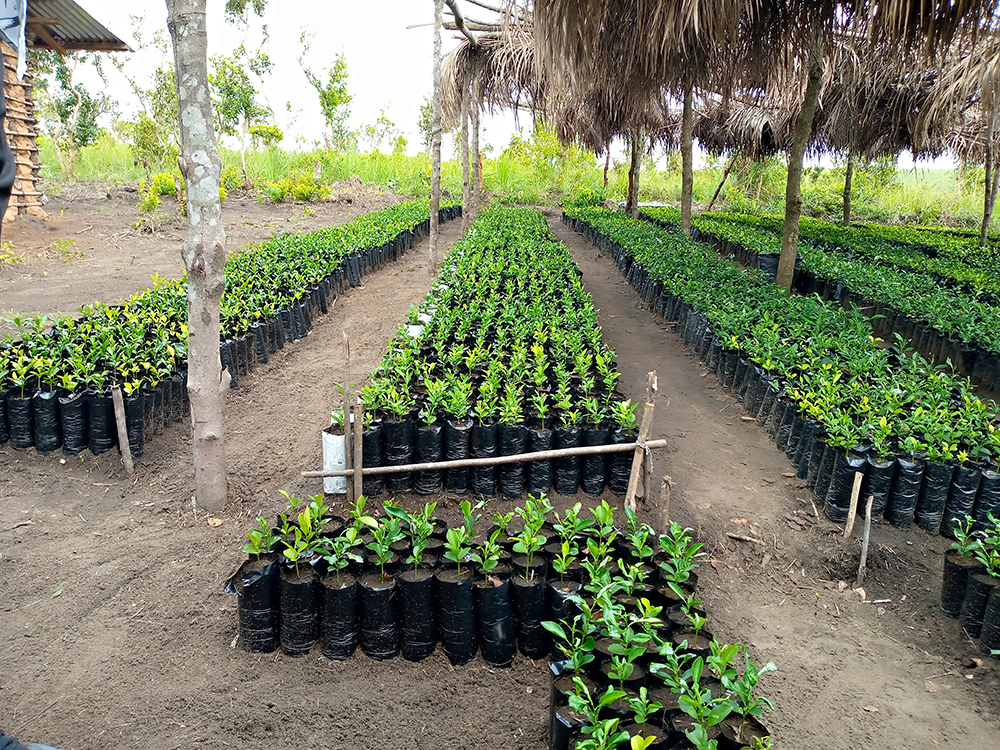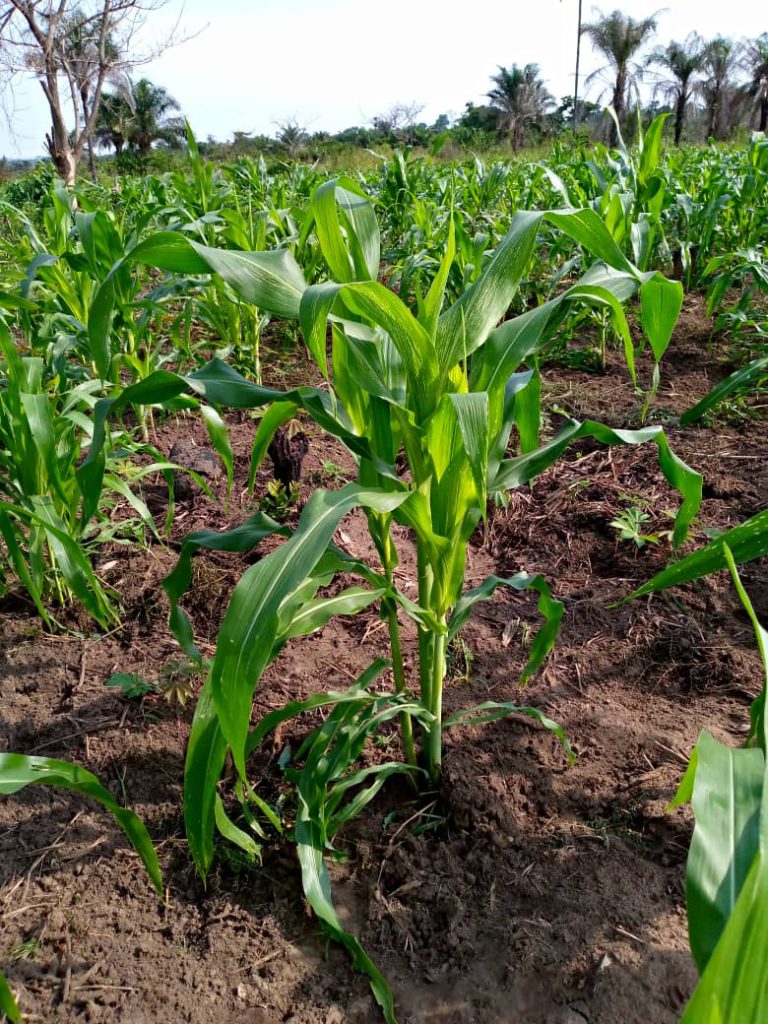1. Approach’s Outline and Features
This approach involves providing a pathway to achieve GHG-emission reductions from forests and other land use sectors through multi-sectoral collaboration, including the main relevant sectors of REDD+ such as energy, land tenure, land utilization planning, demographic planning as well as agriculture and forestry. Formulation of a coordination framework within the state government and formulation of a community development committee in the local village are effective policy implementation platforms for multi-sectoral collaboration when executing REDD+ activities.
Keywords
Multi-sectoral collaboration, Coordination framework, Thematic working groups, Community development committee, Agroforestry
2. Description of the project from which the approach is derived
2-1. Introduction
The Democratic Republic of the Congo has the largest forest area among the Congo River Basin countries and it’s the second-largest tropical rainforest region in the world after the Amazon. However, more than 300,000 hectares of the country’s forests is said to be lost annually due to illegal logging and mining development.
To consolidate the country’s capacity to manage its forest resources sustainably, the Japan International Cooperation Agency (JICA) worked in the former Bandundu Province from 2012 to 2017, including forest mapping and development of forest reference emission levels as the basis for a national forest monitoring system (NFMS). Following this, the Project for the operationalizing NFMS and working on a province-level REDD+ pilot project to reduce deforestation and forest degradation targeting Kwilu Province have been conducted since 2019.
This Project aims to develop a simplified land development plan at the village level in coordination with the national land development program and implement pilot activities by promoting agroforestry as part of a plan to promote carbon storage in savanna, reduce deforestation and promote efforts to improve the quality of life of local people.
2-2. Details of the measures taken
- A coordination framework was set up that brought together relevant technical departments such as the provincial ministries of environment, agriculture and land management. Within this framework, thematic working groups were established for land development, land management and REDD+, etc.
- Within the thematic working groups, farmers were organized into village-level community development committees. They implemented agroforestry on land targeted by land development plans prepared under the coordination framework and planted exotic tree species in savanna areas and native tree species in the surrounding forests that remained. Fruit tree cultivation was also conducted to improve QOL.
- While implementing the above pilot activities, relevant technical staff of the thematic working groups assisted farmers to secure land use rights, formulate technical guidelines to implement agroforestry and provide guidance on fruit tree cultivation and afforestation techniques for exotic and native tree species.

(photo: JICA)

(Perspectives on sustainability)
- To implement activities sustainably, it is crucial to ensure the coordination framework system of multiple departmental stakeholders is sustained and works effectively.
- By organizing farmers as community development committees, it is expected that they will accumulate skills and experience that will make pilot activities feasible at the village level.
- It is also important to highlight collaboration with other programs and projects to be implemented by other technical and financial partners such as restoration of degraded savanna, a land development program, and a land tenure reform program.
- Alongside the land development program, the initiative to establish a plan according to national land development directives must be taken by provincial and community actors.
3. Analysis of the approach
3-1. Impact
- If 5,000 hectares of agroforestry as planned are realized as a pilot project, there is expected to be scoped to reduce deforestation by 1,250 hectares, equivalent to a reduction of 758,000 tCO2 and to sequester 820,000 tCO2 by plantation, for a total of 1,578,000 tCO2. There is also expected to be 10% improvement in livelihood for people in the province.
- Through the coordination framework activities, it is expected that state government officials from multiple sectors will collaborate in the REDD+ pilot activities, thereby improving the scope of the state government organization as a whole to implement policy.
3-2. Lessons learned
- Opportunities for communication between the parties involved as often as possible are key to ensuring such approach works.
- The mid-term evaluation of FONAREDD highlighted the high degree of ownership of certain communities. This is due to repeated training and awareness-raising initiatives by project staff and agents of related technical services.
- Thanks to such efforts, CLD members are well aware of the importance of their activities, which help create social cohesion of the community and solidary initiatives of mutual aid.


(photo: JICA)
4. Relevant information
| NbS Approach Category | 1-2. 2 |
| Title of the project from which the approach is derived | Project for Operationalization of the national Forest Monitoring System and REDD+ Pilot (Central African Forest Initiative (CAFI), Integrated REDD+ Program in Kwill), Democratic Republic of the Congo |
| Country | Democratic Republic of the Congo |
| Biome | Tropical |
| Implementing term | 2019/4/21 – 2024/4/20 |
| Implementing organizations | Ministry of Environment and Sustainable Development (MEDD), Kwill Provincial Government |
| Supporting organizations | Japan International Cooperation Agency (JICA), Japan Forest Technology Association (JAFTA) |
| Report/Tool/Guideline | Forest and Land Cover Interpretation Book, Forest Inventory QA/QC Handbook, REDD+ Project in Kwill Province Guideline |
| Contributors to this article | Shu Mizushina /JAFTA |

